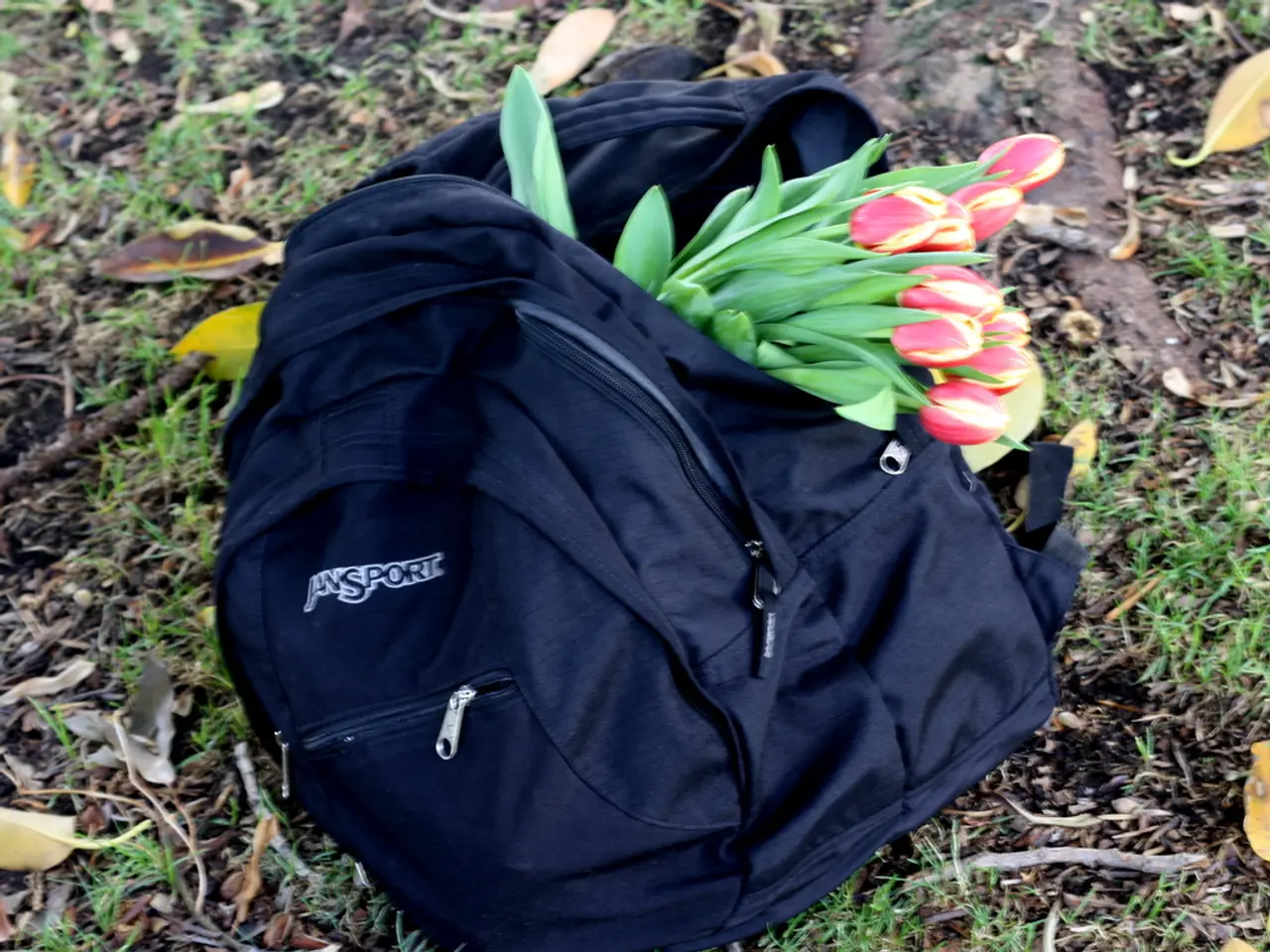Preserve Soil During Shipping for Secure Plant Transportation
================================================================================
Shipping plants, whether domestically or internationally, requires careful planning and adherence to regulations to ensure the plants arrive healthy and undamaged. Here's a comprehensive guide to help you navigate the process.
Obtaining the Proper Permits
When shipping plants, it's essential to obtain the necessary permits from relevant authorities such as the USDA APHIS. For example, you may need an import permit (PPQ-587), a permit for importing prohibited plants for experimental purposes (PPQ-588), or a protected plant permit (PPQ-621). Consult the USDA database to determine if a plant is prohibited or endangered in the intended destination.
Meeting Phytosanitary Requirements
To meet phytosanitary requirements, you should provide necessary health certificates, properly package the plants, and include detailed commercial invoices with correct Harmonized System (HS) codes and risk class information.
Complying with Country-Specific and State-Specific Regulations
It's crucial to comply with country-specific and state-specific regulations. For instance, shipping plants to California from any other state is illegal for citrus plants. Certain states, like Washington, require a shipping permit for moving certain fruits to processing plants outside the state. The United Kingdom mandates an import permit for any plants entering the country.
Exercising “Reasonable Care”
To avoid customs delays, penalties, or seizures, exercise "reasonable care" in classification, valuation, and documentation. This includes accurate tariff classification and valuation, proper country-of-origin marking, and detailed documentation retained for at least five years.
Using Authorized Carriers and Following Their Guidelines
When choosing a shipping company, consider their requirements for shipping plants, such as shipping restrictions, shipping time, shipping cost, shipping insurance, temperature control, and handling instructions. Carriers like FedEx require senders to ensure compliance with destination country laws, applicable permits, and documentation for international shipments.
Proper Packaging and Labeling
Wrap the entire plant and pot in bubble wrap or foam padding for potted plants. For bare-root plants, wrap the roots in damp paper towels, peat moss, or damp sphagnum moss to retain moisture. Use cushioning materials like newspaper, shredded paper, tissue paper, packing paper, or packing peanuts to fill any extra space in the box. Use a sturdy box that is just big enough to prevent movement during transit.
Clearly label the package with a tag or sticker that includes the name of the plant and simple care instructions. On the outside of the box, write "Live Plant" and "Perishable" to indicate proper handling and speed of delivery.
Avoiding Extreme Weather Conditions
Avoid shipping plants if either location is expecting extreme weather, such as freezing temperatures or intense heat.
Shipping Internationally
When shipping plants internationally, obtaining the necessary customer forms and declarations is imperative. A phytosanitary certificate, issued by the exporting country's relevant authority, is mandatory. Consult online systems like APHIS eFile to apply for and renew permits electronically and access user guides and technical support.
By following these guidelines, you can ensure a successful and compliant plant shipping experience. Happy gardening!
Incorporating plants into your home-and-garden lifestyle can be enhanced by learning about gardening and understanding the regulations for shipping plants. For instance, if you're planning to move a prized plant to another part of your home-and-garden, you should consider proper packaging and labeling to ensure its safe delivery.






